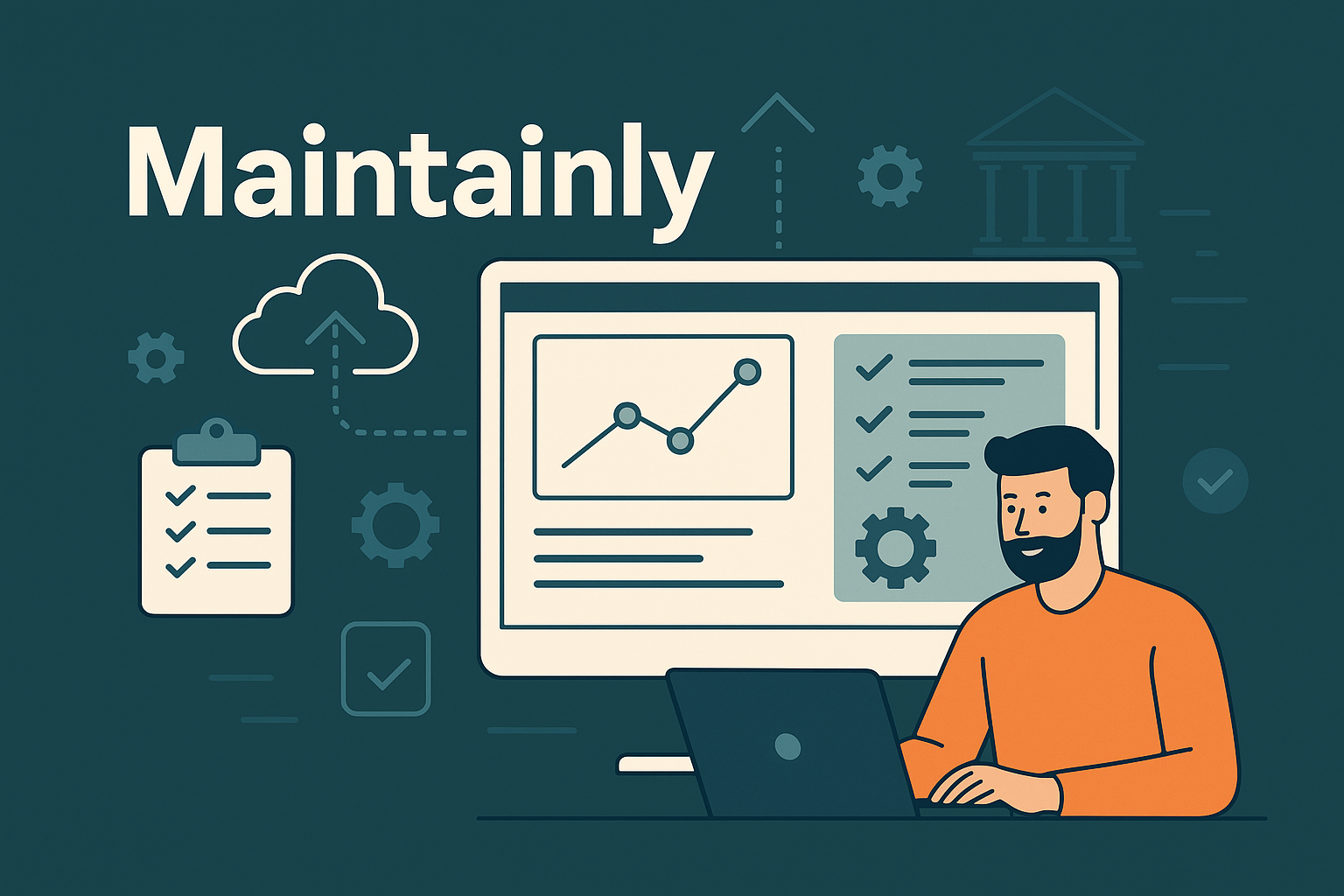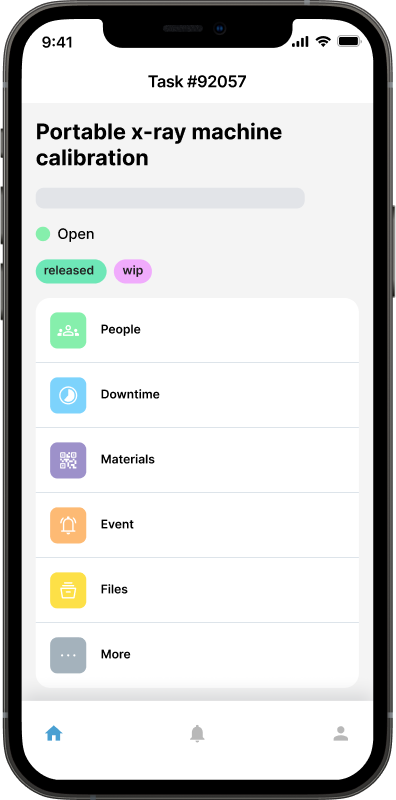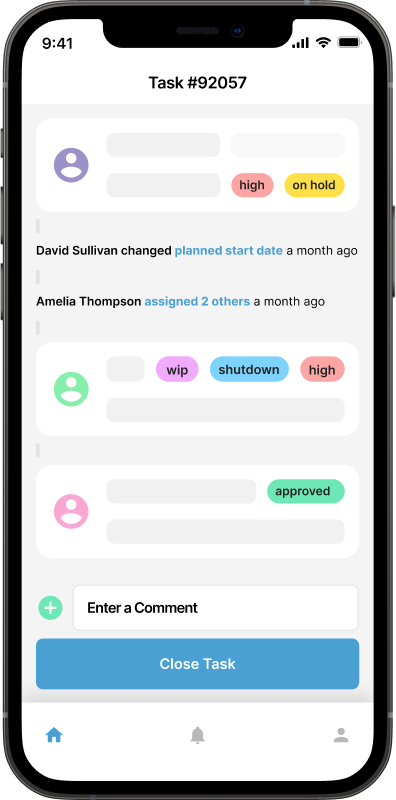Embracing Modernity: The Advantages of Web-Based Maintenance Management Software over Legacy Options

The efficient management of maintenance operations is crucial for organisations to thrive. While older legacy maintenance management systems served their purpose in the past, the rise of modern web-based software has revolutionised the way companies approach maintenance.
Here are five ways that modern web-based maintenance management software surpasses its legacy counterparts in terms of functionality, cost, scalability, and cost-effectiveness.

Enhanced Functionality
Web-based maintenance management software offers a comprehensive suite of features that outshine traditional legacy options. Legacy systems were often limited to basic functionalities like work order creation, scheduling, and inventory management. On the other hand, modern web-based software integrates advanced features such as preventive maintenance, asset tracking, real-time reporting, and data analytics. These capabilities empower maintenance teams to streamline their operations, identify trends, and make data-driven decisions to optimise efficiency and reduce downtime.
Lower Total Cost of Ownership (TCO)
Software can be thought of in the same way as the equipment that you're maintaining; it's not just the initial cost that matters - the total cost of ownership over the lifetime should be considered.
Total cost of ownership represents the various costs associated with purchasing, deploying, using and retiring a product or piece of equipment, in this case, web-based maintenance management software. Generally speaking, the legacy CMMS and maintenance management software providers, even after having transitioned to the web, incur higher costs associated with something known as technical debt. This basically represents the development resources required to pay down the various development missteps along the way, as well as the greater scope of modifications required when even small software changes are made. Naturally, the cost of that technical debt needs to be passed on to new customers, both now and as it continues to accumulate into the future.
Consider that newer maintenance management software will be implemented in less time and require little to no upfront training and often no re-training, due to their intuitive nature and more modern user interface.
Seamless Integration and Scalability
Modern web-based maintenance management software offers seamless integration with other business systems via the use of Application Programming Interfaces (API), such as Enterprise Resource Planning (ERP) and Customer Relationship Management (CRM) solutions. This integration eliminates data silos and enhances cross-functional collaboration. Legacy maintenance management software options often lacked compatibility with other systems, making data exchange and information sharing a tedious and error-prone process.
Moreover, web-based software is highly scalable, allowing organisations to adapt and grow without the need for major infrastructure investments. Businesses can easily add or remove equipment or assets as well as users and evolve or reduce the use of the various features available, without negatively impacting their existing data or set-up. Legacy systems, on the other hand, tend to be less forgiving when priorities or requirements change, with outdated software architecture. This is often the reason why legacy options will force you to take (and pay for) the 'whole package' rather than just the functionality that you require. This leads to higher costs, longer implementation times and a need for training.

Real-Time Tracking and Reporting
Web-based maintenance management software excels in providing real-time tracking and reporting capabilities. Legacy systems relied heavily on manual data entry and paper-based documentation, which were prone to errors, delays, and information loss. With web-based software, maintenance teams can instantly update work order statuses, record completed tasks, and access equipment histories, enabling accurate and up-to-date tracking of maintenance activities. This is often assisted by the use of asset QR labels that can be scanned quickly & easily to retrieve equipment work orders.
Furthermore, newer maintenance management software includes robust reporting and analytics tools that generate actionable insights from the wealth of data collected. These insights allow organisations to identify patterns, spot inefficiencies, and make informed decisions to improve maintenance strategies, optimise resource allocation, and forecast future requirements. Legacy systems, often lack advanced filtering and reporting capabilities, limiting the ability to gain valuable insights from maintenance data.
Cost-Effectiveness
Implementing and maintaining legacy maintenance management systems could be expensive, requiring substantial upfront investments, ongoing hardware maintenance, and dedicated IT personnel. In contrast, web-based software offers a cost-effective alternative. With cloud-based solutions, businesses can significantly reduce hardware and infrastructure costs since the software is hosted and maintained by the service provider. Additionally, web-based software often follows a subscription-based pricing model, allowing organisations to pay only for the features and number of users they require, thus avoiding unnecessary expenses.
The advent of modern web-based maintenance management software has revolutionised the way organisations approach maintenance operations by taking advantage of enhanced functionality, lower total cost of ownership, scalability, and real-time tracking.
Try Maintainly CMMS free for 14 days, or check out this article on the benefits of CMMS.

